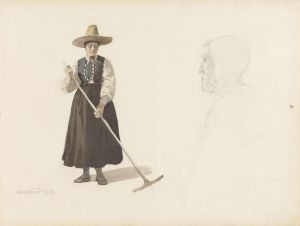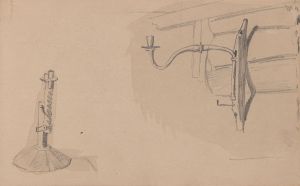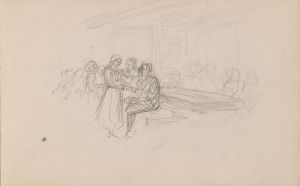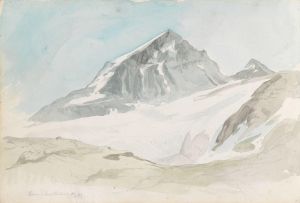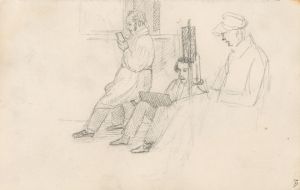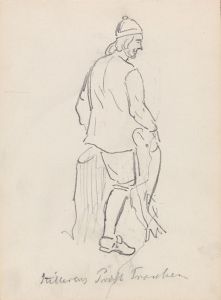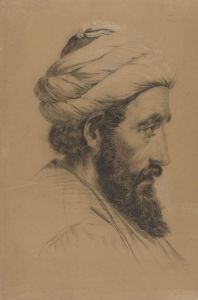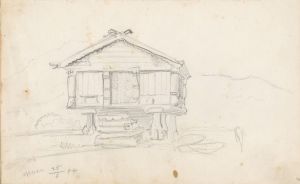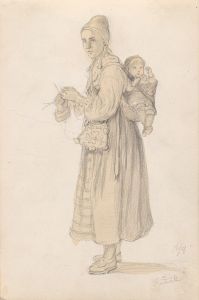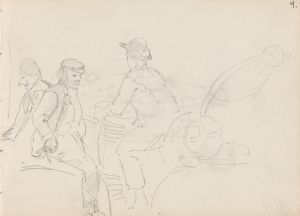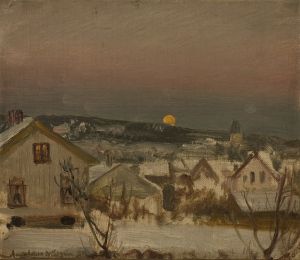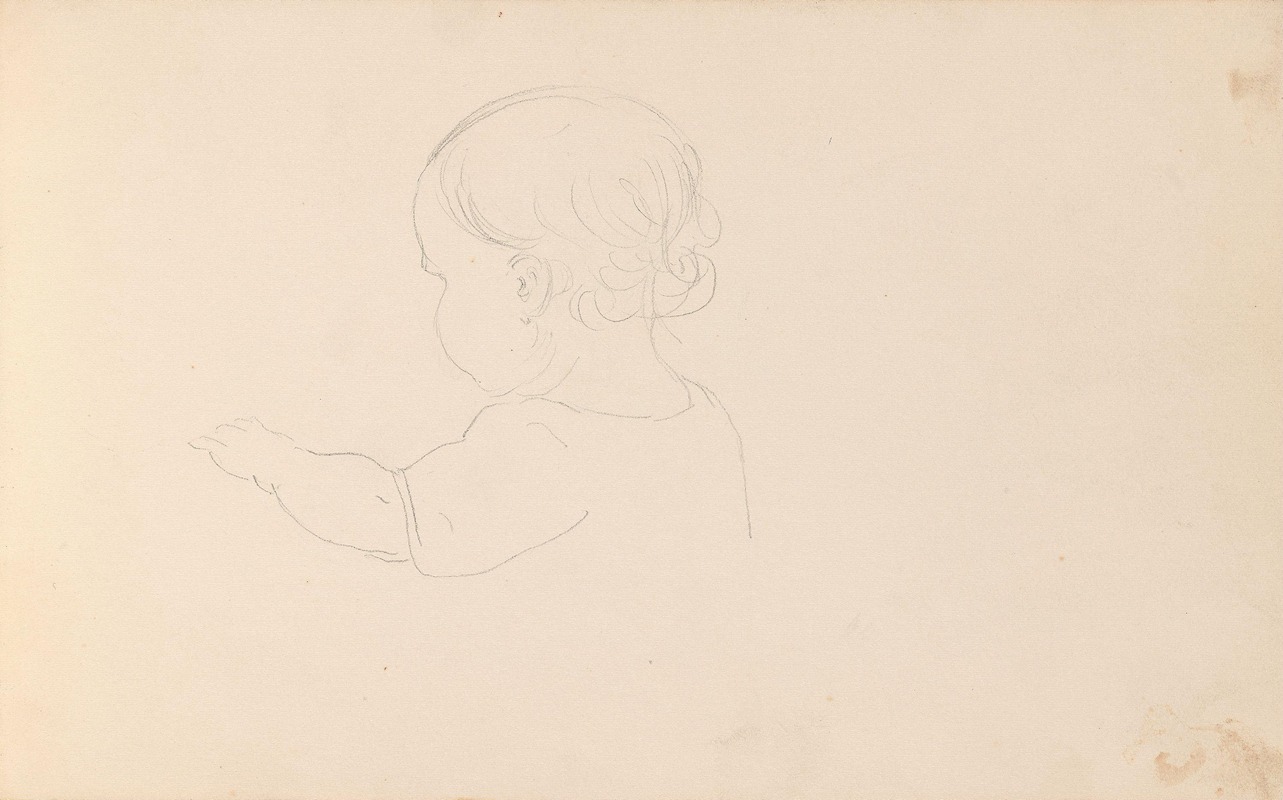
Barn sett bakfra
A hand-painted replica of Adolph Tidemand’s masterpiece Barn sett bakfra, meticulously crafted by professional artists to capture the true essence of the original. Each piece is created with museum-quality canvas and rare mineral pigments, carefully painted by experienced artists with delicate brushstrokes and rich, layered colors to perfectly recreate the texture of the original artwork. Unlike machine-printed reproductions, this hand-painted version brings the painting to life, infused with the artist’s emotions and skill in every stroke. Whether for personal collection or home decoration, it instantly elevates the artistic atmosphere of any space.
"Barn sett bakfra" (translated as "Child Seen from Behind") is a painting by the Norwegian artist Adolph Tidemand. Adolph Tidemand, born on August 14, 1814, in Mandal, Norway, and died on August 8, 1876, in Christiania (now Oslo), was a prominent figure in Norwegian art during the 19th century. He is best known for his detailed and realistic depictions of Norwegian folk life and traditions.
"Barn sett bakfra" is a notable example of Tidemand's focus on everyday scenes and his ability to capture the essence of rural Norwegian life. The painting depicts a young child seen from behind, dressed in traditional Norwegian clothing. The simplicity of the composition, with the child being the sole focus, highlights Tidemand's skill in portraying human figures with a sense of authenticity and emotional depth.
Adolph Tidemand studied at the Academy of Fine Arts in Copenhagen from 1832 to 1837 and later continued his studies in Düsseldorf, Germany, which was a significant center for art education at the time. His time in Düsseldorf greatly influenced his artistic style, which combined elements of Romanticism with a strong emphasis on realism. Tidemand's works often featured themes of Norwegian history, folklore, and rural life, making him a key figure in the National Romantic movement in Norway.
Throughout his career, Tidemand traveled extensively within Norway, gathering inspiration from the country's diverse landscapes and cultural heritage. His dedication to depicting Norwegian life in a realistic and respectful manner earned him widespread acclaim and made his works highly valued both in Norway and internationally.
"Barn sett bakfra" reflects Tidemand's meticulous attention to detail and his deep appreciation for Norwegian culture. The painting's focus on a single child, viewed from behind, invites viewers to contemplate the simplicity and innocence of childhood. The traditional clothing worn by the child serves as a reminder of Norway's rich cultural heritage and the importance of preserving these traditions.
Adolph Tidemand's contributions to Norwegian art were significant, and his works continue to be celebrated for their historical and cultural value. His paintings, including "Barn sett bakfra," are held in high regard and can be found in various museums and collections, both in Norway and abroad. Tidemand's ability to capture the essence of Norwegian life and his dedication to portraying it with authenticity have cemented his legacy as one of Norway's most important artists.
In summary, "Barn sett bakfra" by Adolph Tidemand is a poignant representation of Norwegian rural life, showcasing the artist's skill in capturing the simplicity and beauty of everyday scenes. Tidemand's work remains an essential part of Norway's artistic heritage, reflecting the country's cultural identity and historical traditions.





